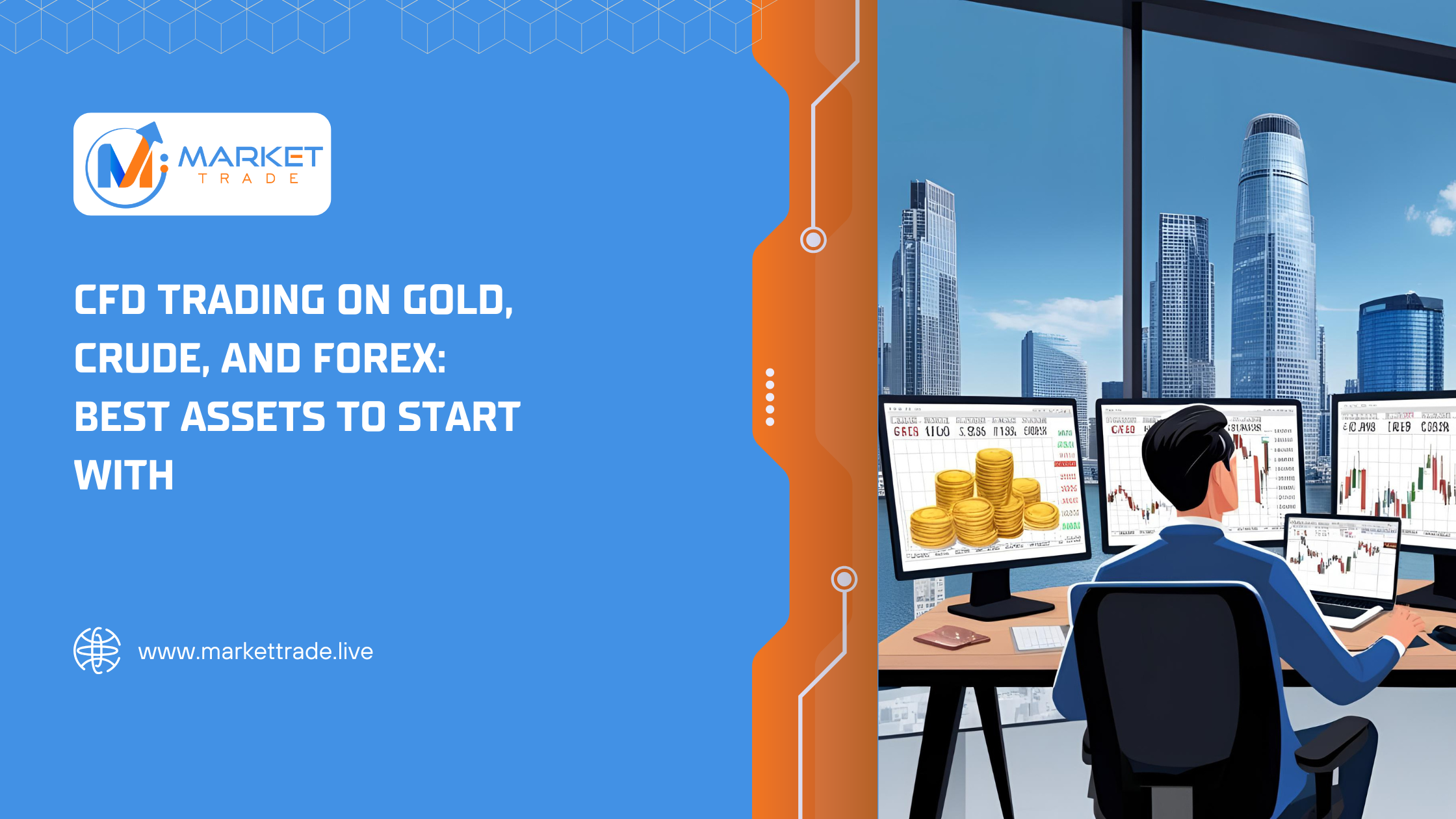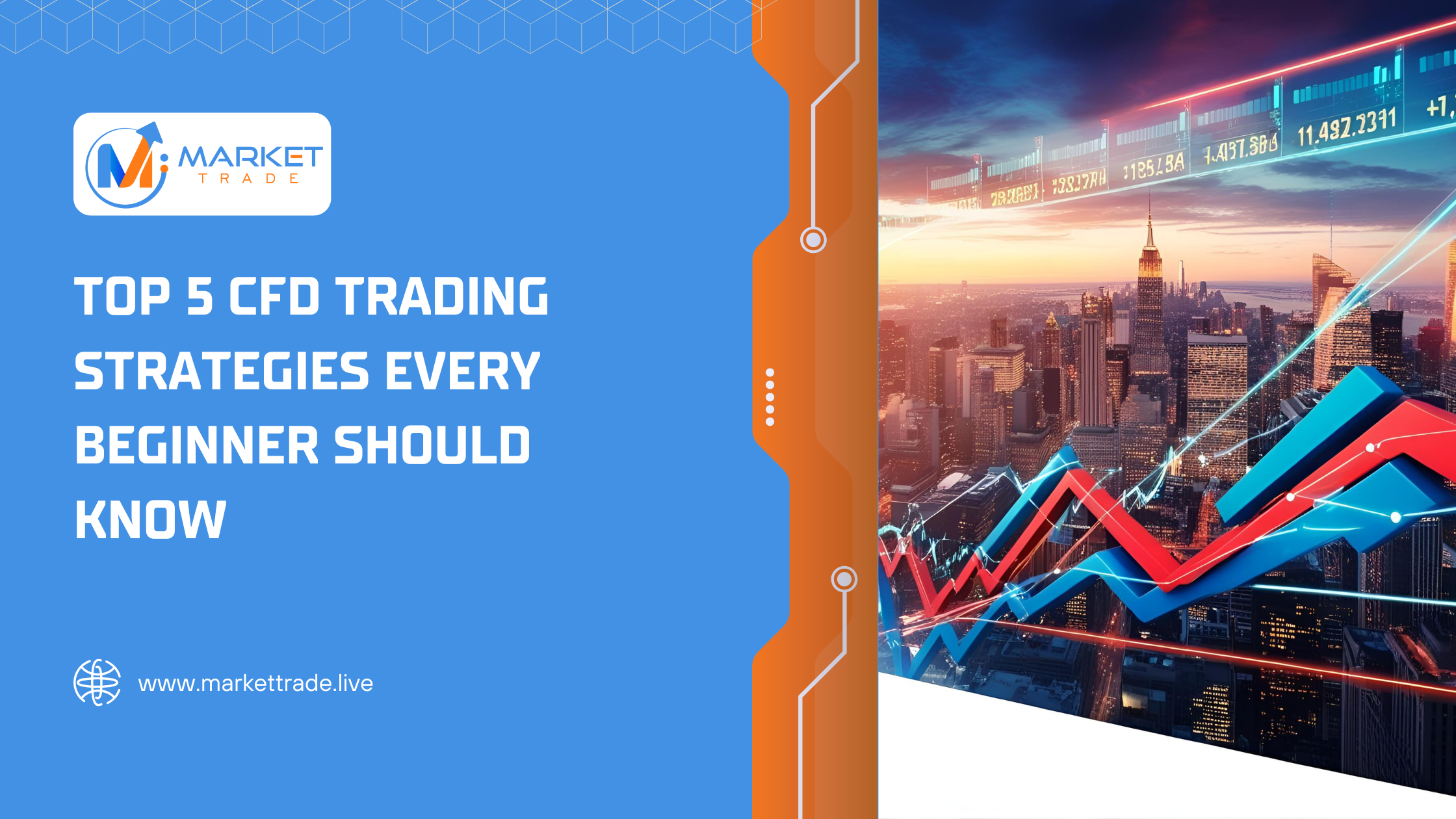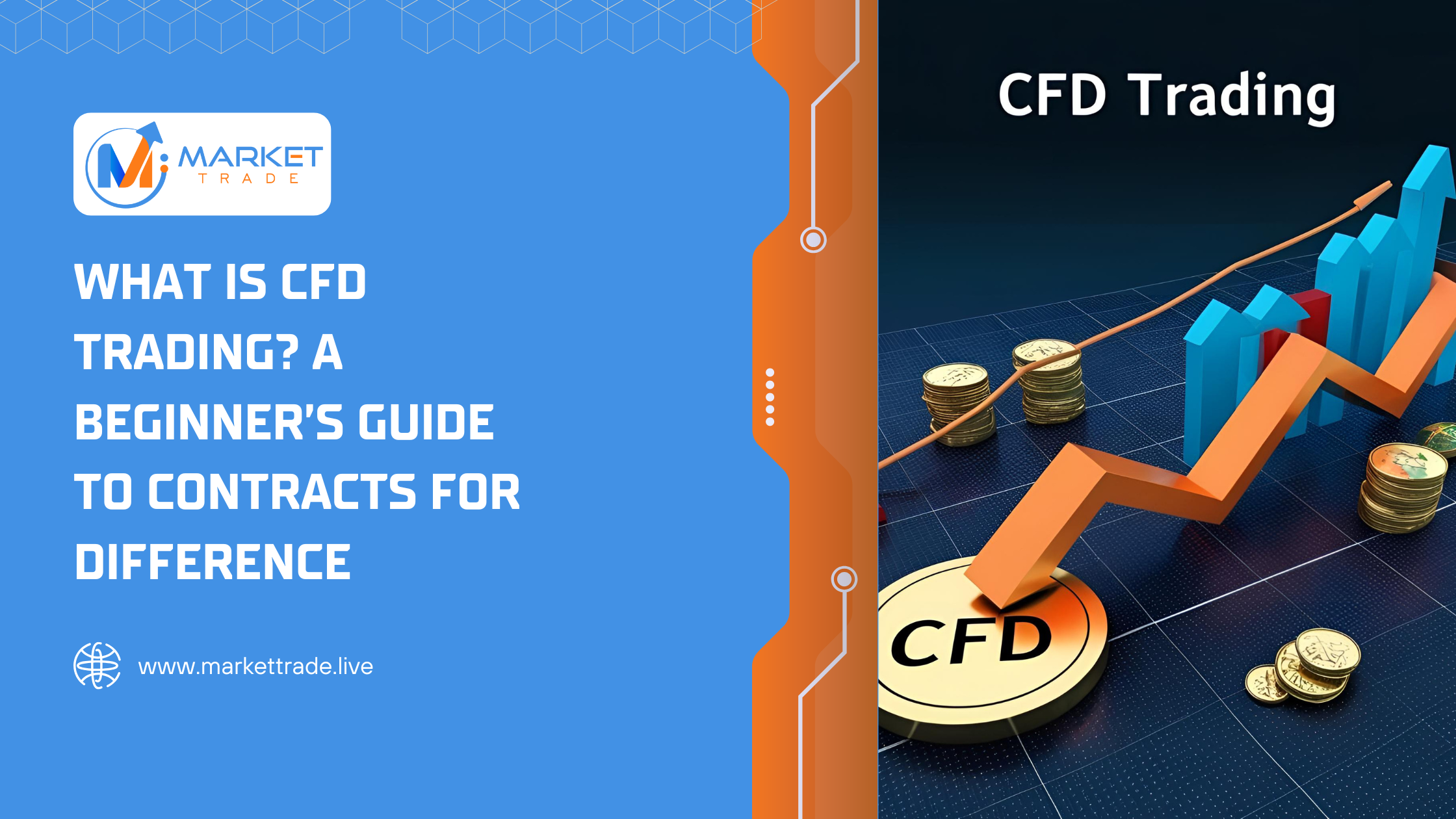
The world of Contract for Difference (CFD) trading is continually evolving, with new trends and strategies emerging to help traders navigate the dynamic financial markets. As we progress through 2025, staying informed about these developments is crucial for both novice and experienced traders aiming to optimize their trading approaches. 1. Understanding CFD Trading CFD trading allows investors to speculate on the price movements of various financial instruments, such as stocks, commodities, indices, and currencies, without owning the underlying assets. Traders can profit from both rising and falling markets by entering into contracts that pay the difference between the opening and closing prices of the chosen instruments. 2. Emerging Trends in CFD Trading for 2025 a. Integration of Artificial Intelligence (AI) The adoption of AI-powered tools is revolutionizing CFD trading by providing advanced analytics, predictive modeling, and automated trading strategies. These technologies enhance decision-making processes and help traders identify profitable opportunities more efficiently. b. Increased Popularity of Cryptocurrency CFDs With the growing interest in cryptocurrencies, crypto CFDs have gained significant traction. Traders are leveraging these instruments to speculate on the volatile price movements of digital assets without the need to own them directly. c. Enhanced Regulatory Frameworks Regulatory bodies are implementing stricter guidelines to ensure transparency and protect traders in the CFD market. Staying updated with these regulations is essential for compliance and informed trading. 3. Effective CFD Trading Strategies a. Trend Following Strategy This strategy involves identifying and following the prevailing market trend. Traders use technical indicators to determine entry and exit points, capitalizing on sustained price movements. b. Range Trading Strategy In range-bound markets, traders buy at support levels and sell at resistance levels. This approach requires careful analysis of price patterns and market conditions. c. Breakout Trading Strategy Traders look for price breakouts from established support or resistance levels, entering positions to capitalize on significant price movements following the breakout. 4. Risk Management in CFD Trading Effective risk management is vital in CFD trading due to the leveraged nature of these instruments. Key practices include: Setting stop-loss orders to limit potential losses. Diversifying trading portfolios to spread risk. Regularly reviewing and adjusting trading strategies based on market conditions. 5. Conclusion Staying abreast of the latest trends and employing effective strategies are essential for success in CFD trading. As the market continues to evolve in 2025, traders who adapt to new technologies, understand regulatory changes, and implement robust risk management practices will be better positioned to achieve their trading objectives.








